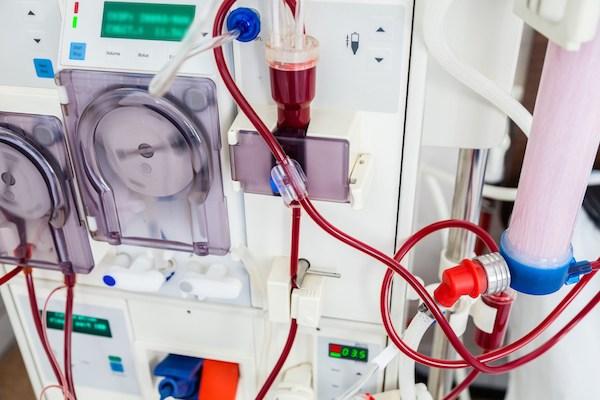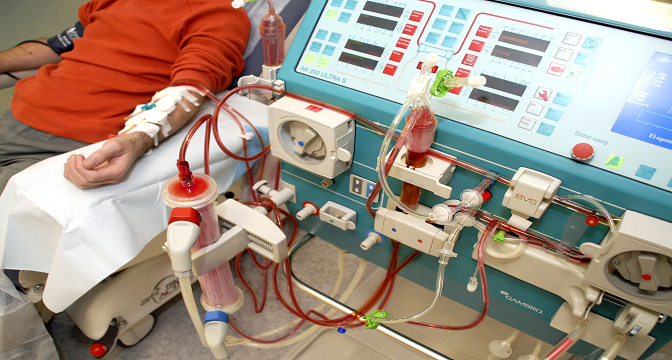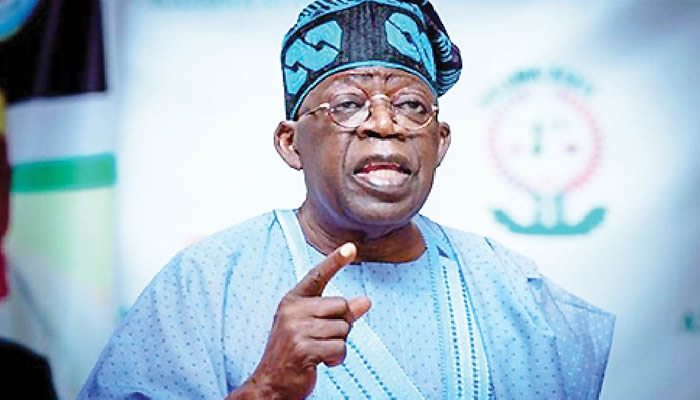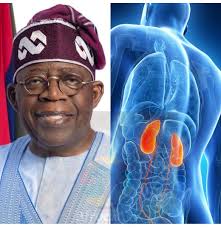Nigeria’s Kidney Dialysis 76% Subsidy: Relief for Patients, Test for the Health System

On Monday, the Federal Government made a major policy move aimed at easing the burden of kidney disease patients. The Special Adviser to the President on Policy Communication, Daniel Bwala, announced that the government had subsidised the cost of dialysis in federal hospitals across the country, slashing the price of the life-saving procedure by an unprecedented 76%.
The initiative, rolled out through the Federal Ministry of Health and Social Welfare, is designed to make dialysis more affordable for patients who often face catastrophic medical bills. Already, tertiary institutions such as the Abubakar Tafawa Balewa University Teaching Hospital (ATBUTH) Bauchi have reported that 897 patients have benefitted from the reduced pricing, a sign of the programme’s immediate impact.
Nigeria’s Growing Kidney Burden
I could camp around this for a long while, but let’s quickly scroll through at the outlook of this disease in Nigeria.
Kidney disease represents one of Nigeria’s fastest-growing non-communicable health challenges. The Nigerian Association of Nephrology estimates that 15–20 million Nigerians live with varying stages of chronic kidney disease (CKD). Many eventually require dialysis, which costs between ₦30,000 and ₦50,000 per session. Patients are advised to undergo treatment two to three times per week — placing monthly expenses at well over ₦500,000.
The harsh reality is that most Nigerian families cannot afford this care. With fewer than 200 functional dialysis machines nationwide, access is already constrained, and the high costs further push many patients to either reduce sessions — worsening their prognosis — or abandon treatment altogether.

READ ALSO: Great Relief: 897 kidney patients benefit from FG’s subsidised dialysis – ATBUTH
Implications for the Health System
The subsidy is a policy milestone for Nigeria, signalling recognition of the need to invest in high-cost chronic care. But while it provides immediate relief, the programme raises systemic questions:
Equitable Access: Subsidised sessions are concentrated in federal hospitals, leaving uncertainty about patients in rural or state-level facilities.
Healthcare Financing: With over 70% of Nigerians paying out-of-pocket for medical bills, the subsidy exposes the gaps in health insurance coverage.
Pressure on Infrastructure: Cheaper treatment will increase patient demand, potentially overstretching dialysis units already limited in staff and equipment.
Policy Integration: Subsidy alone does not address the drivers of kidney disease — hypertension, diabetes, and late diagnosis.

Sustainability: Beyond Subsidy
The bold 76% price slash has been widely praised, but experts warn about its durability. Nigeria’s fiscal pressures — from debt servicing to security funding — make it difficult to maintain subsidy-heavy policies long-term. To ensure sustainability, health experts and policymakers are considering several strategies:
National Health Insurance Authority (NHIA) Coverage: Dialysis could be integrated into the NHIA’s benefits package, shielding more Nigerians from catastrophic spending.

Public-Private Partnerships (PPPs): Collaboration with private investors can expand dialysis capacity, while government subsidies reduce patient costs.
Local Production of Consumables: Developing local industries for dialysis kits and fluids could reduce forex dependency and stabilise prices.
Preventive Healthcare: Large-scale campaigns on hypertension and diabetes management could cut new kidney disease cases.
Strengthening Transplant Services: Building regional renal centres capable of transplants could shift care away from indefinite dialysis reliance.
A Fragile but Historic Step
The dialysis subsidy is a lifeline for patients who have long been priced out of treatment. For families like those at ATBUTH Bauchi, where hundreds are benefitting, it represents hope and renewed dignity.
Yet, the policy is also a test of Nigeria’s health system. Will it evolve into a sustainable financing model that integrates insurance, prevention, and private sector collaboration — or will it remain a short-lived relief measure vulnerable to fiscal shocks?
What is clear is that the Federal Government’s move has set a precedent. For the first time, kidney patients feel seen. The challenge now is ensuring that this lifeline does not fade, but becomes a durable pillar of Nigeria’s healthcare future.






